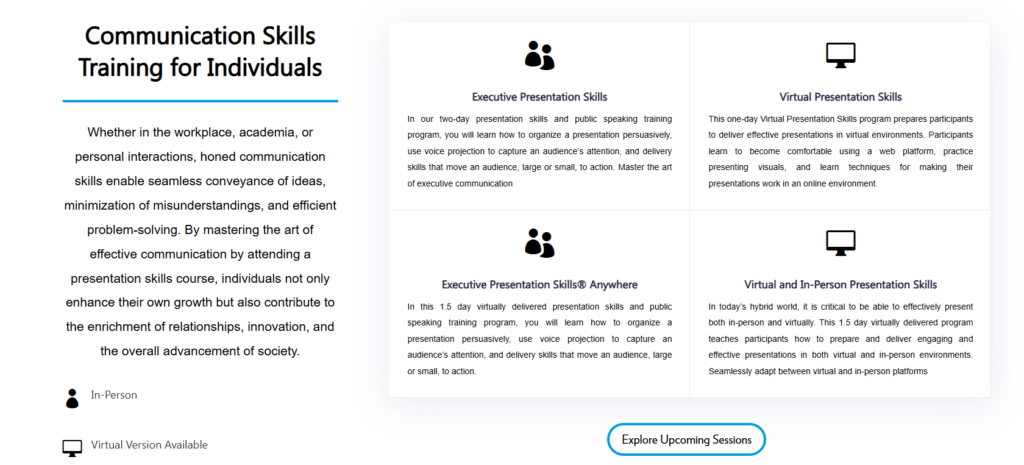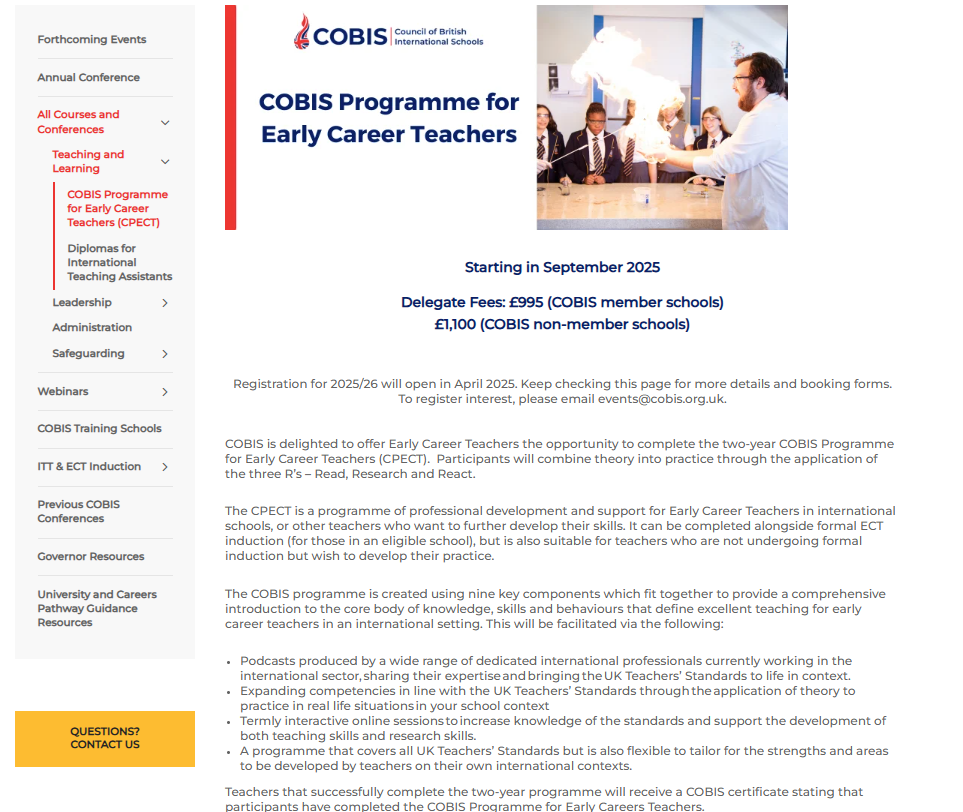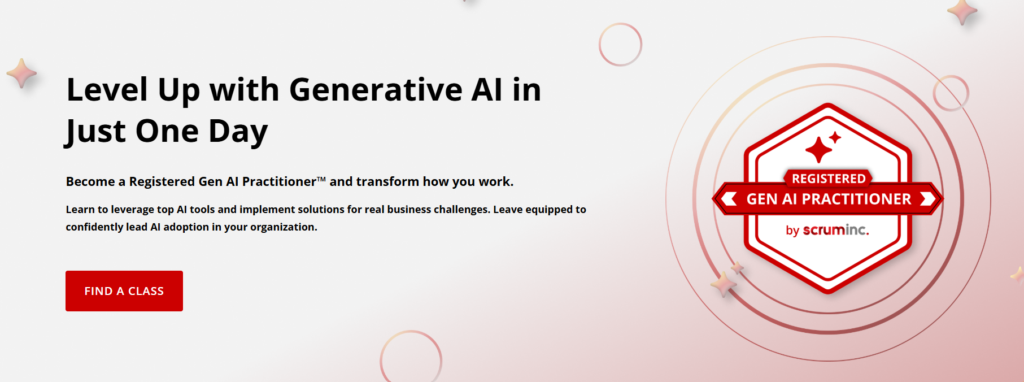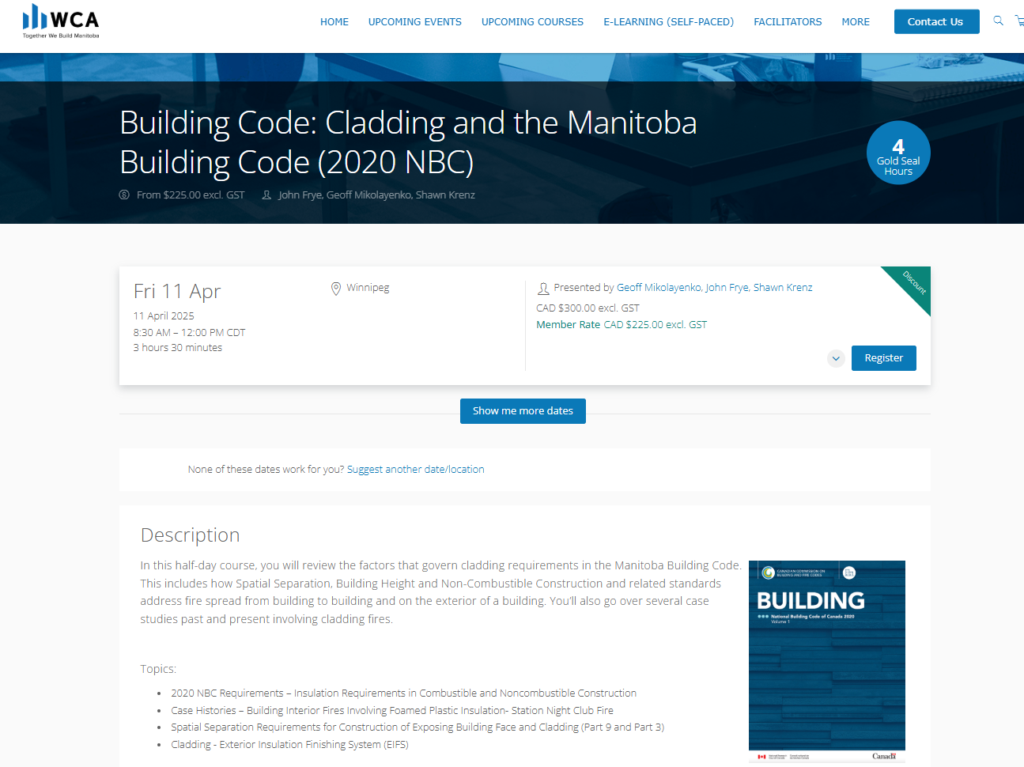The key is in the name – competency training programs are aimed at helping build the knowledge, skills, behaviors, and attitudes.
Take my previous line of work, sales, as an example. When I began my career, I was put through sales training with my manager, and after a few weeks of learning and shadowing colleagues, I was thrown in the deep-end, and had to start taking sales calls for myself.
Truthfully, it was mainly through trial and error that things fell into place (and obviously not that well, otherwise I might still be selling!).
This scenario though is one that well-designed competency based training program helps learners avoid. Instead they leave the program with the tools, strategies, and most importantly real-world practices they need to succeed from day one.
To give you an idea of what this looks like in practice, we’ve pulled together seven real examples from our own customers. For each one, we’ll break down what kind of training it is, the skills it teaches, and what kind of outcomes provides are aiming for.
1. Communication Skills for Professional Development
In the US nearly 29 million job postings in the US required communication a skill.
And while we may not think of it straight away if we’re considering the skills we need for a successful career, hard data not only suggests its a skill listed in job descriptions, but data also suggests soft skills such as communication matter more than hard skills.
According to Deloitte 92% of companies report that human capabilities matter as much more ore than hard skills in todays business world.
It makes sense then that communication skills courses for individuals, and teams are in-demand. The example we’ve used to showcase this is some of the courses offered by Arlo customer, and communication skills company Communispond.
The company offer a range of courses addressing a wide range of communication skills, such as:
- Presentations & Meetings
- Sales Dialogue Skills,
- Writing Skills
- Leadership Skills & more.
How Do the Programs Exhibit Competency Training?
Skills Development through Practice:
Communsponds programs are built around learning through doing. Their programs are centered on hands-on practice, where participants can develop their skills in real time.
Focus on Behavioral Change:
Their training model is designed to bring about lasting behavioral change. Participants are equipped with skills that directly affect their performance, whether in public speaking, leadership, and customer facing roles such as sales and customer service.
Instructors Use a Proven Methodology
Communisponds instructors use the Learn/Practice/Apply methodology within their training programs.
As the name suggests, this methodology focuses on getting participants to learn a skill, practice it, and finally apply it.
Scott went into more detail about this methodology in a recent webinar he hosted with Arlo ‘How to Grow Your Training Business’.
He recommends and recommends trying to give participants something practical they can bring to each training program to work on.
For example, in the pre-work assignment for Communispond’s executive presentation skills training program, students are asked to bring an example of a presentation they frequently deliver, an upcoming meeting they’re preparing for, or an important email they need to send to the first training session.
In the session, the example the participant brings will then be the subject that the techniques the facilitator teaches are applied to.
Scott shares an example of this from his experience teaching presentation skills classes:
“If somebody is getting ready to present, and they have their hands in their pockets, or they’re shifting or mumbling, the instructor can stop them, remind them of what they’ve learned and have them pick it up and re-do it, to see if they can apply the skills they’ve learnt”.

2. Teacher Training Development Programs
Learning never stops!
And that’s certainly the case for teachers, luckily there are plenty of teacher training programs available for teachers at all stages of their career.
By nature these courses are competency based, they aim to equip educators with the practical skills and knowledge they need to manage classroom, design and run engaging lessons and more.
The example we’ve used to showcase this is one of the teacher training courses the Council of British International Schools offers – their programme for Early Career Teachers.
After completing the course participants gain a certificate to highlight their achievement.
How Do the Programs Exhibit Competency Training?
Personalized and Mastery-Based Learning
COBIS courses, like the CPECT, offer a flexible competency-based structure that allows teachers to progress at their own pace while mastering key teaching standards and skills.
Real-World Application and Assessment
The program focuses on applying theory to practice in real classroom settings, with continuous assessment self-directed learning practical assignments to reinforce skill development.
Collaborative and Supportive Network
Participants engage in a global professional community through online sessions and termly meetings, gaining access to valuable feedback, best practices, and career development opportunities.

3. Generative AI Practitioner Course
No matter what field you find yourself in the need to skill up in using AI technologies seems greater than ever.
After all, what business wouldn’t want to tap into the $4.4 trillion added productivity growth potential that Mckinsey research suggests AI can bring within corporate use cases.
One of the companies leading the charge to help professionals accomplish this is Scrum Inc, an Agile Coaching & Professional Training company.
The company offer a wide range of courses, including one which focuses on helping professionals skill up in generative AI, with a particular focus on helping leaders and managers implement AI solutions tat deliver measurable ROI, and helping knowledge workers automate routine tasks.
How Do the Programs Exhibit Competency Training?
Practical, Hands-On Learning
The courses teaches participants to design, develop and evaluate how GenAI tools like ChatGPT, Claude, and Gemini to solve real business challenges, making it directly applicable to workplace tasks
Focuses on Competency Development
The course focuses on helping participants master key skills such as prompt engineering, AI tool selection, and the use of AI agents.
All of this aims to equip participants with the competencies they need to drive AI adoption, and lead AI drive experiments within their organization.
Strong Focus on Ethical AI
Scrum puts a strong focus on the use of ethical AI, and helps ensure participants are prepared to lead with responsibility and guide their teams through AI adoption and experimentation.

4. Leadership Training
According to the Size of the Training Industry report carried out in 2020, and cited by Research.com in their leadership training statistics article, investments in leadership training were estimated to be $370.3 billion globally. With $169.4 billion alone coming from North America.
Investment is one thing, but to be effective leadership training still needs to be engaging and relevant to the target audience.
The example we have here is a 3-day Leadership training program offered by professional development & training organization Transform your Training. The program is designed to help professionals explore different leadership styles, self-awareness, and effective management strategies.
How Do the Programs Exhibit Competency Training?
Focused Development
The course is designed to cultivate key leadership competencies such as self-awareness, emotional intelligence, and situational leadership, such as self-awareness, emotional intelligence, and situational leadership.
Each day builds on the previous, providing practical exercises that allow participants to explore and refine their leadership skills and styles.
Interactive, Reflective Learning Process
Through incorporating reflective activities, like leadership style assessments and emotional wellbeing exercises, the course encourages continuous self-assessment and development.
Participants can engage in case studies and group discussions which help bring relevancy to the training, and equip participants with skills and situations they will come across in their daily professional lives.
Gives Participants Practical Leadership Strategies
The course is structured and designed to give actionable strategies for managing teams, such as delegating tasks effectively, handling challenging conversations, and managing performance under pressure.
The competencies are developed through scenario-based learning, which directly applies to real-world challenges participants will face.
Emphasis is placed on developing high-performing teams, managing competing demands, and using feedback as a tool for improvement, all of which are key skills for leadership and management.

5. Building Code Compliance Training
Its not just corporate training that can benefit from a competency based approach.
Any kind of construction based compliance training can also greatly benefit from a competency-based approach, as it helps workers not only understand the necessary regulations and safety procedures but also demonstrate the skills and knowledge required to perform tasks safely and effectively on-site.
The example below of a course by the Winnipeg Construction Association is a great example of this. The course focuses specifically on helping constriction workers learn about the factors that govern cladding requirements in the Manitoba Building Code.
How Do the Programs Exhibit Competency Training?
Practical Application of Knowledge
The course focuses on the 2020 Manitoba Building Code and includes real-world case studies, such as the Station Night Club fire, to make sure participants understand how building regulations impact fire safety and cladding requirements in actual construction scenarios.
Skill Demonstration and Evaluation
Participants are encouraged to engage with software, which aids in understanding and applying the National Building Code of Canada, and National Firecode of Canada.
The software helps teach learners theoretical content, but also helps them demonstrate their competence in navigating complex regulations and tools critical to construction and fire safety compliance.
The Program Focuses on Ongoing Professional Development
The course offers continuous learning opportunities through updates on code changes, and access to software that helps apply new codes in real-world scenarios. This helps participants stay up-to-date with industry standards, and make sure they are equipped with the most current knowledge to perform competently in their respective roles

